Idea to Running: One Minute
Natural Language prompts create an instant running system — app, API, and database — leveraging GenAI with declarative business rules. Free, in the cloud.
Join the DZone community and get the full member experience.
Join For FreeGetting things right requires iteration. And we all know that requires running screens — they engage users far more than documents or wireframes.
Framework complexity leads to this unpleasant situation: months of effort to get running screens, only then to uncover a misunderstanding. Ouch. Low code can help, but it still takes time to design databases and paint screens.

Idea to Running: 1 Minute
The marriage of GenAI technology with Logic Automation means you can now describe a system with a prompt:
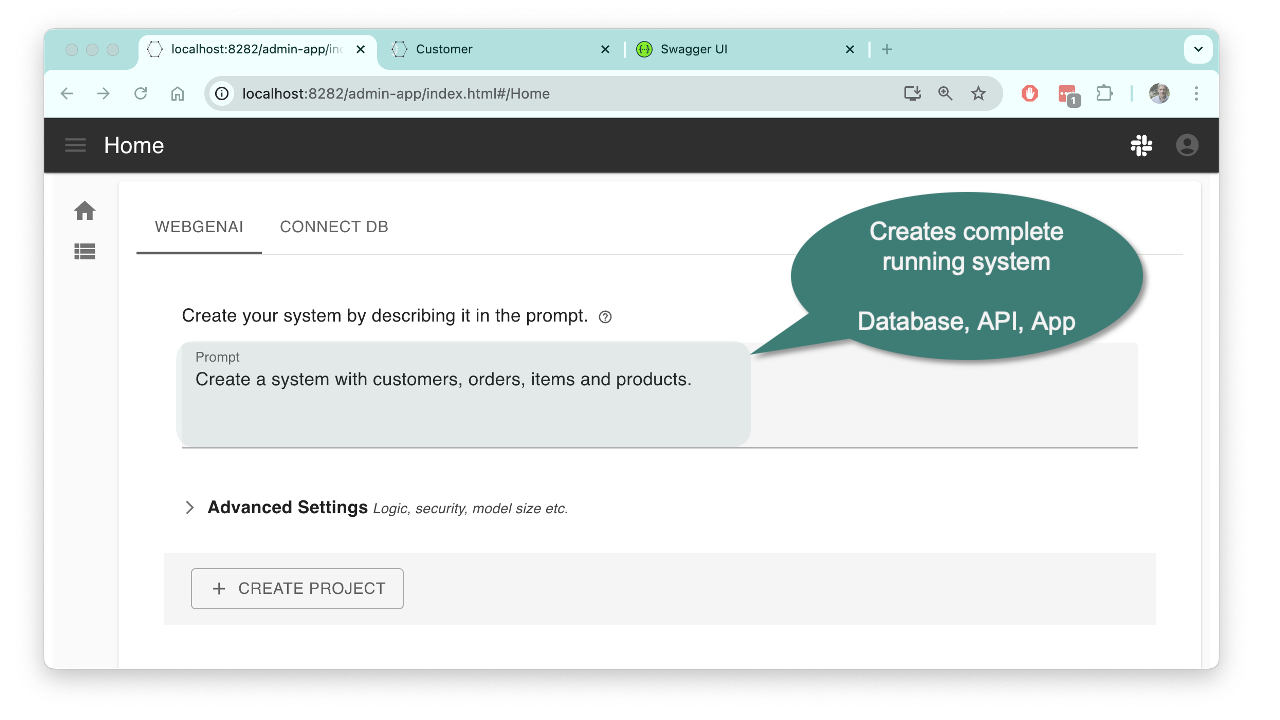
And get a complete running system in one minute — a database with test data, working screens, and an API. Even a fun little landing page:
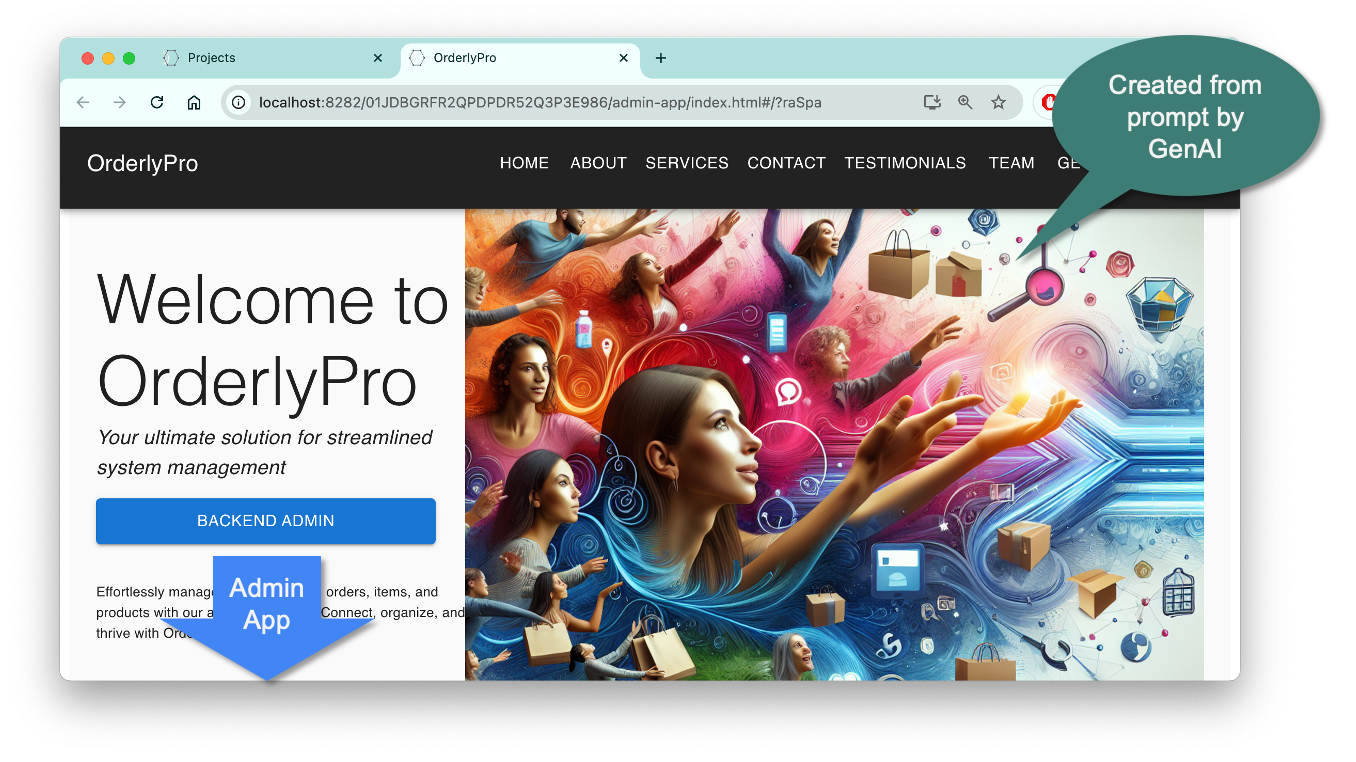
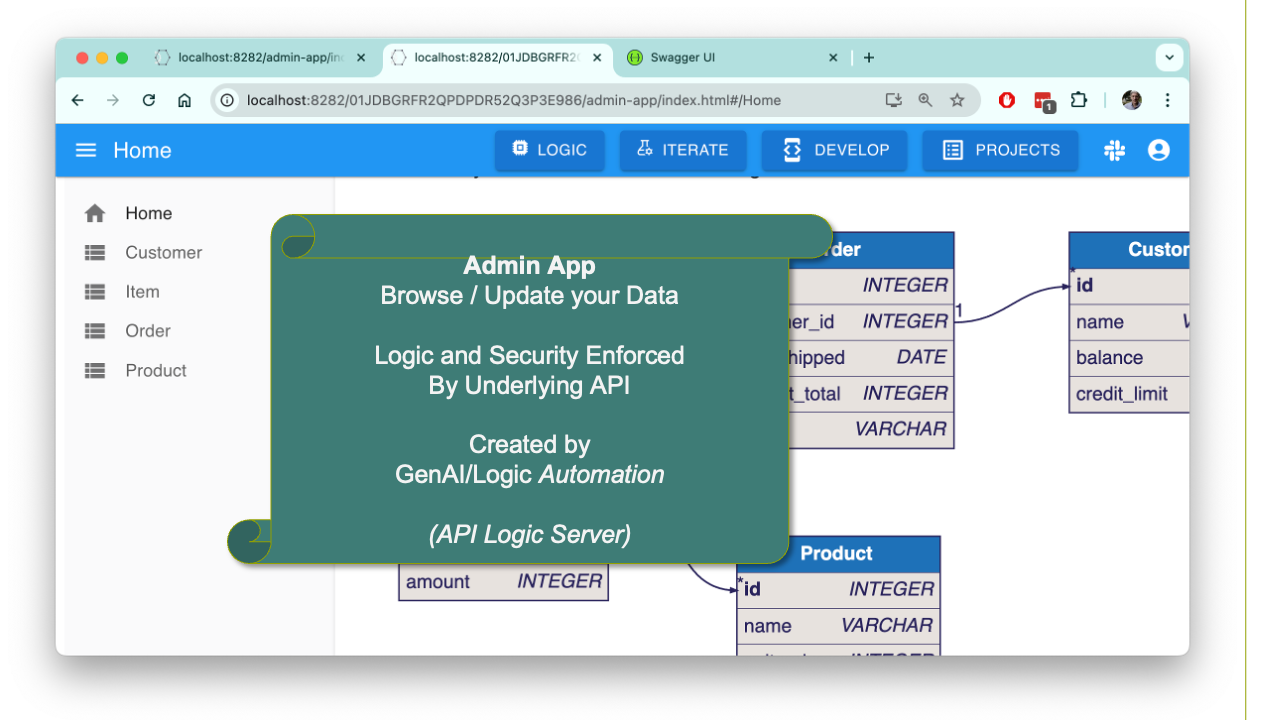
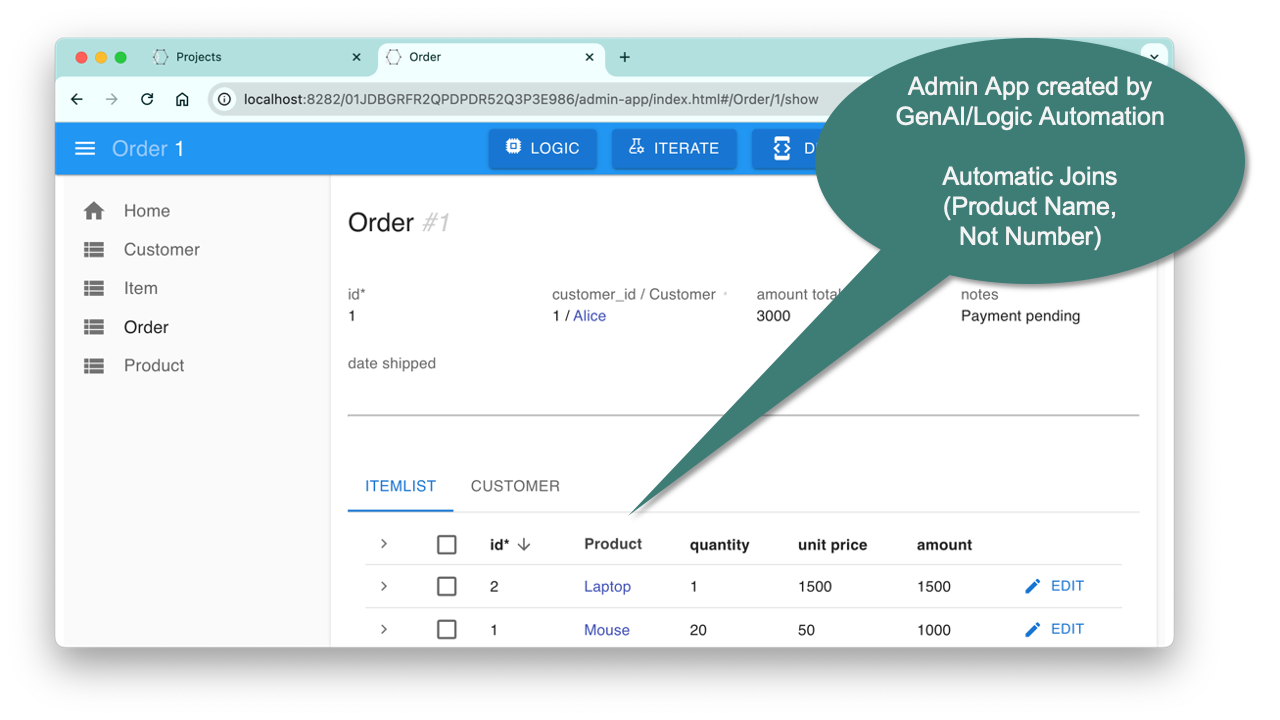
We are moving veryrapidly.
Logic Iteration — Natural Language: 1 Minute
Now, our team can review the screens and identify changes. These might be structural (“customers have multiple addresses”) or logic (“it needs to check the credit limit”).
So, we define “check credit” logic using declarative rules expressed in Natural Language and iterate:

And now that’s running, also in about a minute. Suddenly, iteration cycles that used to take months are happening in minutes. The time wasted in misunderstandings — they still happen, of course — is inconsequential.
We are moving very rapidly, iterating in the right direction.
The logic above, while stated in Natural Language, is immensely powerful. It’s automatically ordered (simplifying iterations) and is automatically reused over all the relevant use cases. So, perhaps conceived for placing an order, our logic also understands how to process selecting a different product:
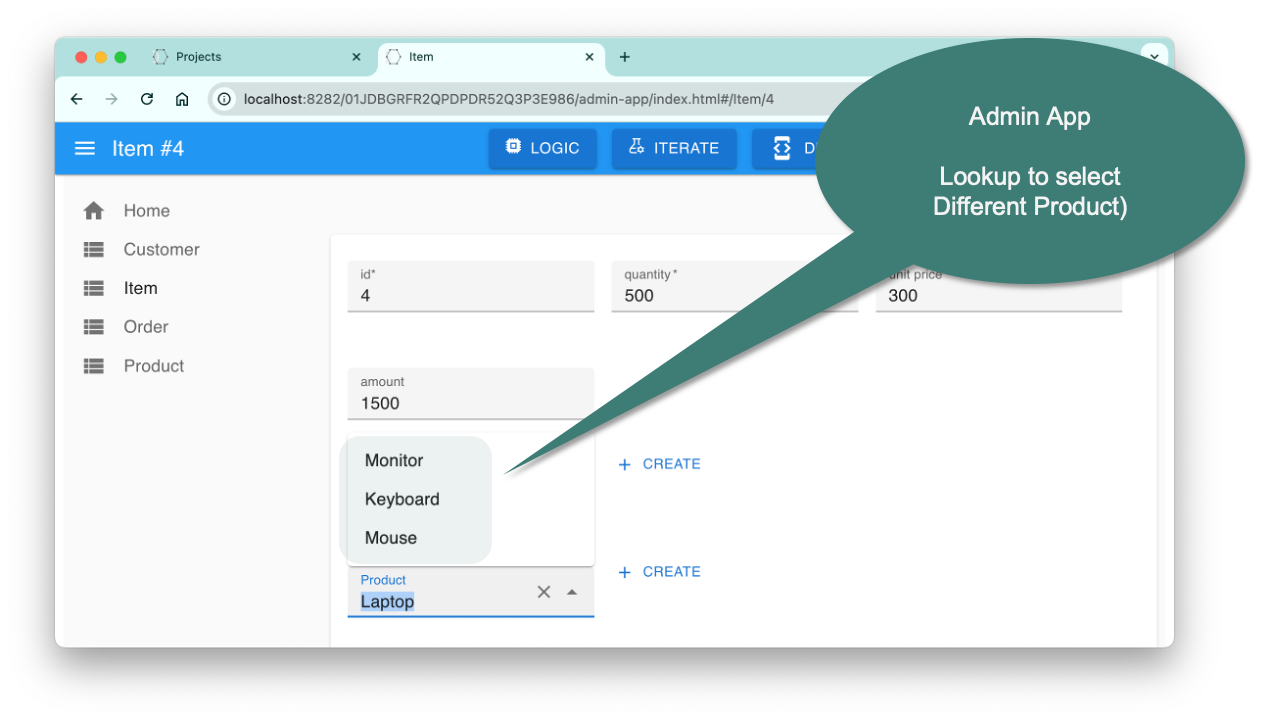
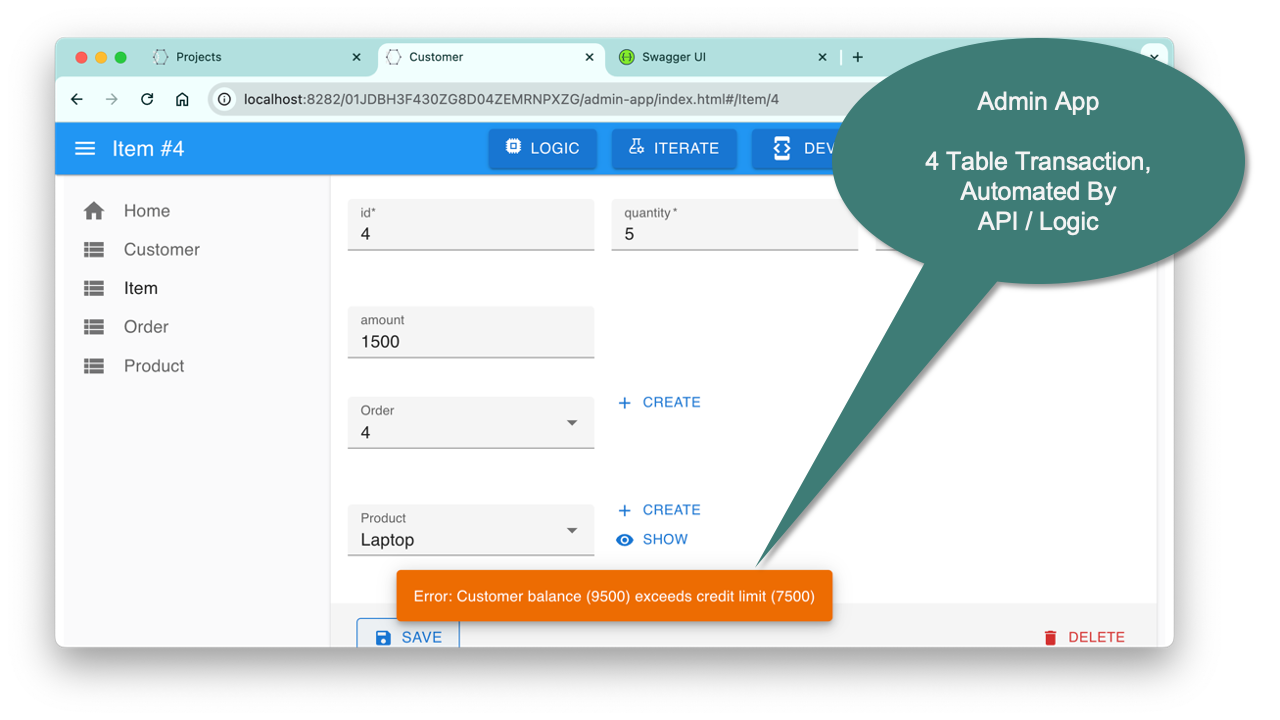
The five lines of logic above apply to about a dozen use cases. Without logic automation, this would be about 200 lines of code.
That’s a 40X reduction, for the backend half of your system
So, we’ve applied automation to all the elements of our architecture: the database, the screens, the API, and the logic.
Simplicity Enables Your Organization
The simplicity of GenAI — it’s just Natural Language — means we’re no longer limited to rocket scientists. Anyone can help get the requirements right.
Organizational velocity: more people, moving faster, in the right direction.
Dev Friendly — Model-Based, Standard Tools
We are not claiming, by any means, that GenAI can automate complete enterprise-class systems. You will want custom front ends, integration with business partners and internal systems, etc. This means developers absolutely need to get involved.
With… what? All we’ve provided is a few prompts…
As you might have expected, a project has been created. It’s a standard Python project you can download and extend in your favorite IDE, completely configured and ready to run.
Developers are cautious about generated “Franken-code”, for good reason. It can be monstrously difficult to understand, debug and extend.
So, GenAI-Logic creates models, not code.
The initial project creation included an API with OpenAPI doc:

Because it’s a model, the API is four lines:
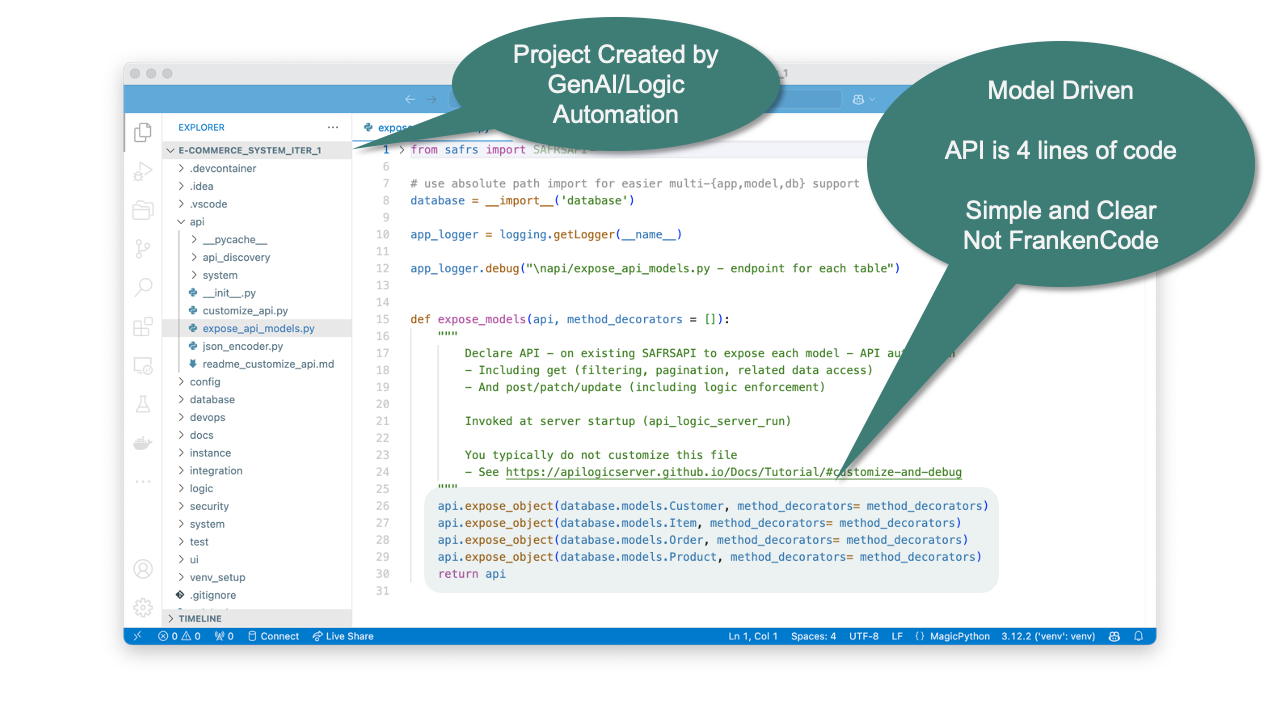
And here is the logic - five Python rules. It’s still at the same high level of abstraction, but you can now use code editors, debuggers, and source control:
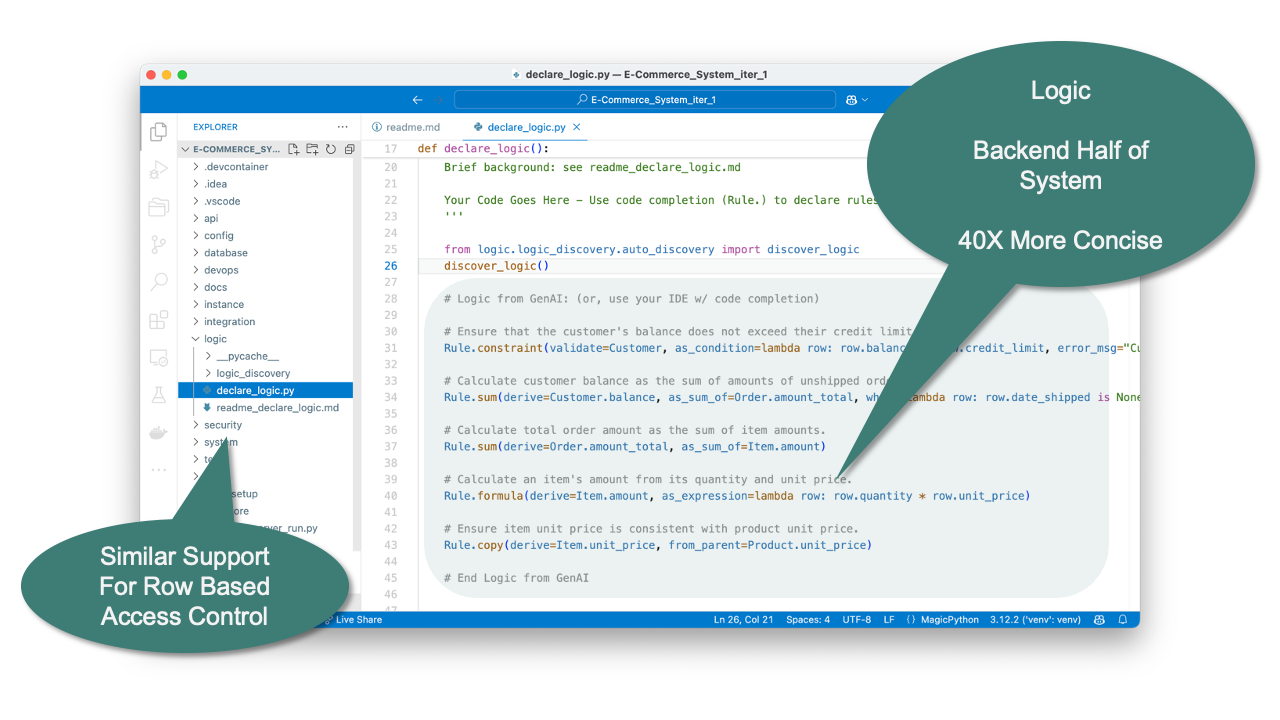
Note the automation process did not just generate “raw” Python code. It would be around 200 lines. And we tried it: basic GenAI creates code that is poorly optimized, and wrong (it missed the corner case above). FrankenCode, at its worst.
The ideal approach marries GenAI with Logic Automation engines, to execute the models for UI, APIs and Logic.
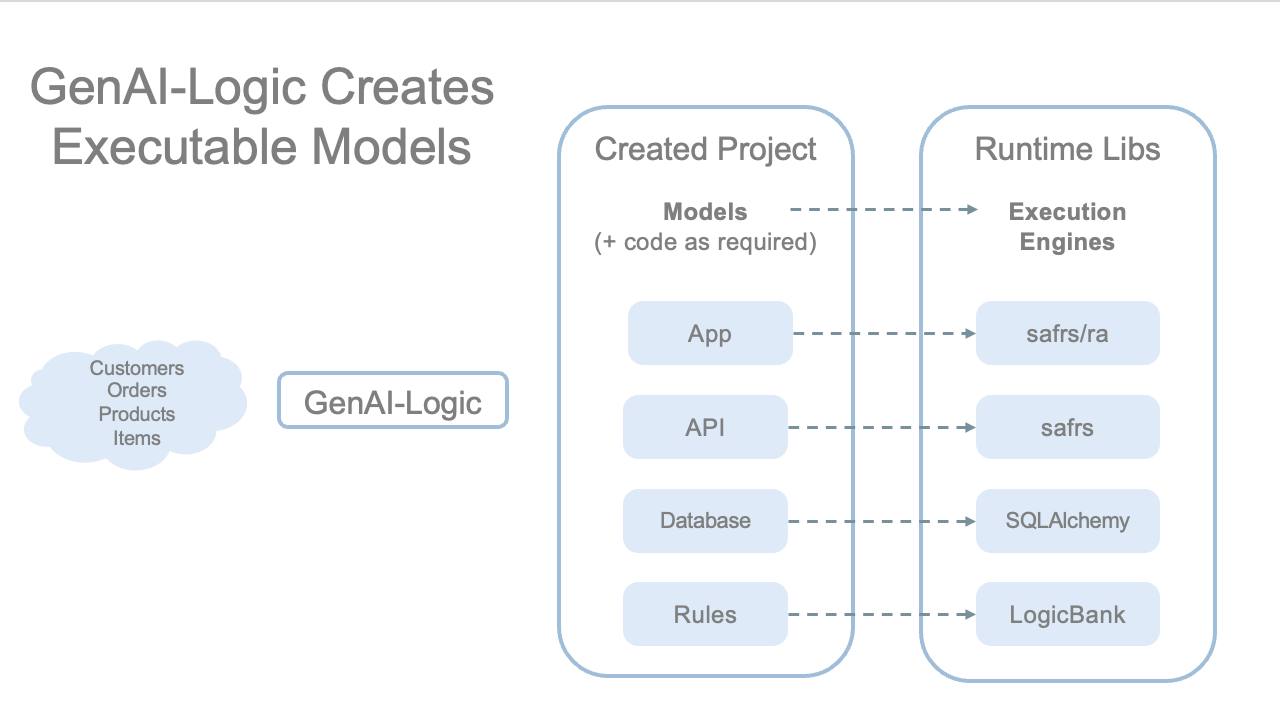
You can also provide the code as required. You have access to all the underlying standard tools (your IDE and its debugger, GitHub, etc.) and frameworks. For example, you can add custom endpoints, such as APIs for B2B partners:
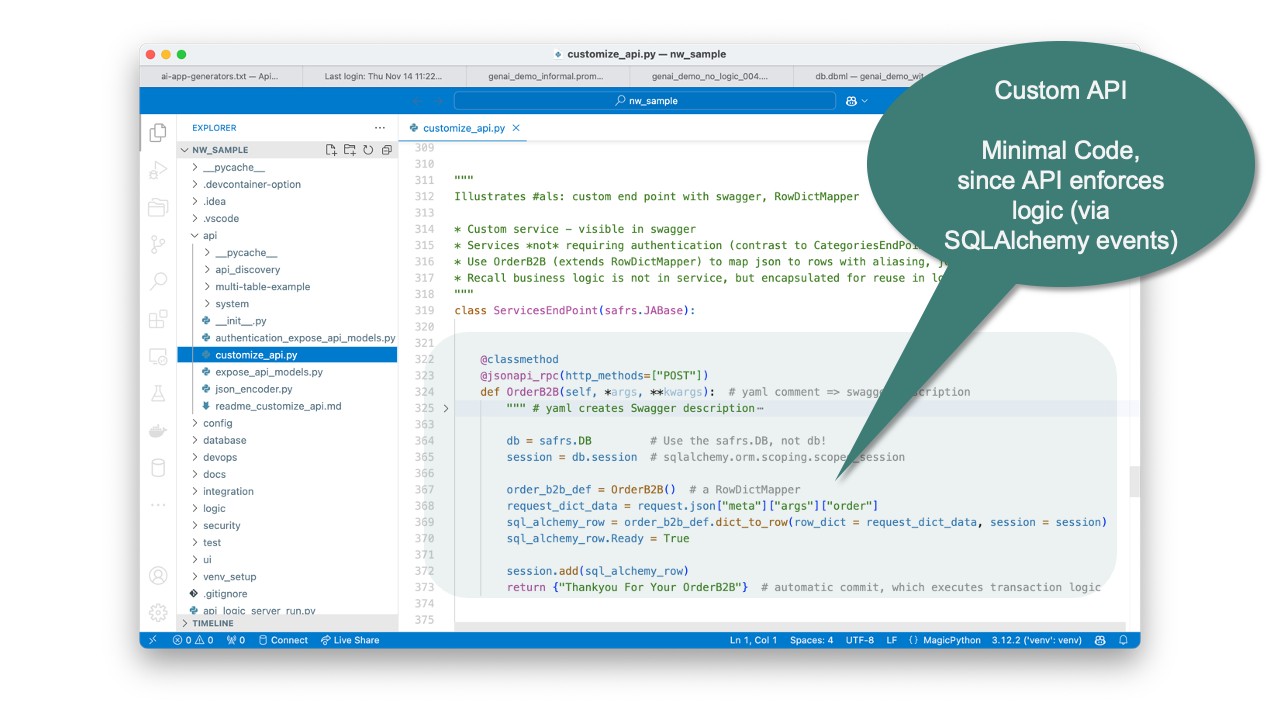
Logic = Rules + Python. For example, to publish Kafka messages, define an event and a Python handler:

And most importantly, your automated API is available:
- UI developers can use it with AI-dev tools, low code tools, or traditional frameworks. The logic has already been factored out and shared so they can focus on the presentation. No more business logic in buttons — that’s a bug since it prevents sharing logic between apps and services.
- App integration can use it to read and write data, subject to security. Since the JSON:API enables callers to select fields and join exactly what they need, custom API dev is dramatically reduced.
Standards-Based Architecture and Deployment
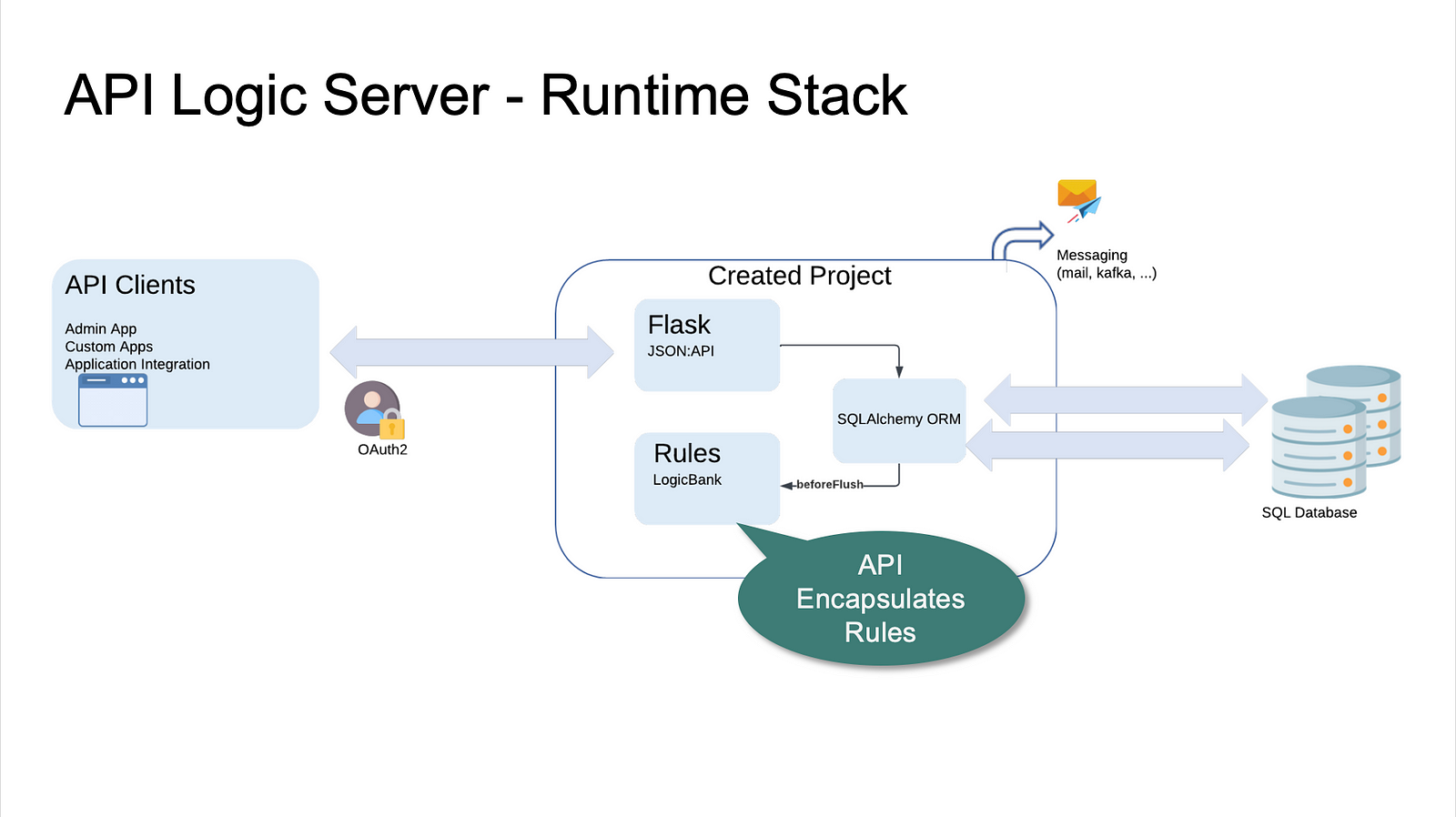
Containers are stateless for scalability.
Deploy them anywhere. No fees apply.
And There You Have It
The combination of GenAI and Logic Automation means business users and developers can collaborate to create modern API-based systems that are far faster and far easier than ever before. Including declarative business logic:
- Create and iterate with Natural Language prompts.
- It’s automation. Developers can live with models, not code, familiar tools for customization and deployment.
- Integrate with partners and existing systems.

You can try this out for free on your browser — visit https://www.genai-logic.com/. It’s all open source.
Opinions expressed by DZone contributors are their own.

Comments